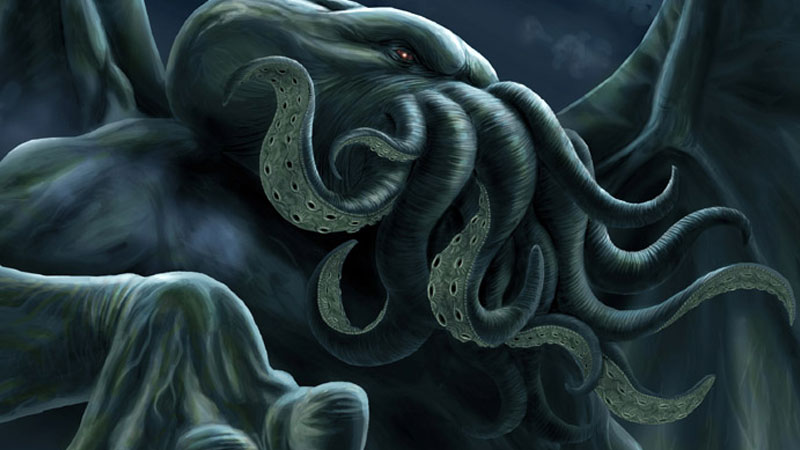
H.P. Lovecraft told some great stories, sure. His ability to push readers to attempt to grasp ‘unknowable truths’ and ‘unspeakable horrors’ and to build stupefying worlds out of impossible geometries was largely unmatched in the public eye upon discovery of his work. But despite his widespread posthumous fame and contributions to horror, we’re tired of videogames’ love affair with Lovecraft.
There have been some great Lovecraft inspired games throughout the years, but the bulk throw in some tentacles, weird shapes, the occasional penis statue, and call it a day. The horror genre is infinitely deeper and wider than one (undeniably xenophobic and racist) man’s work. We believe games can do better. Here’s just a few horror universes set forth by our favorite creators that future games could pull from.
Anything from Junji Ito
Cold open. Flip through these images.
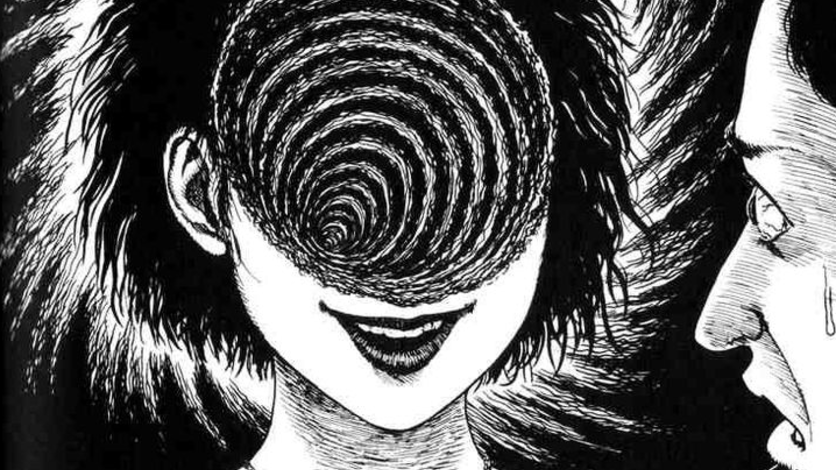
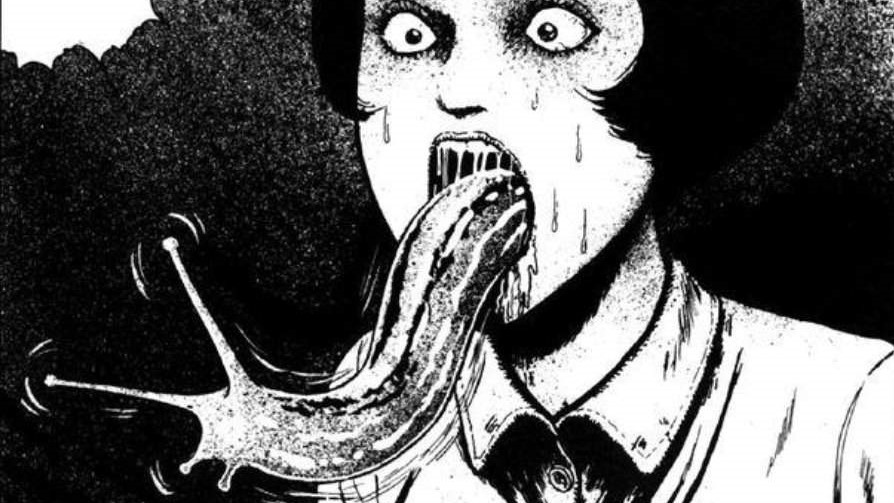
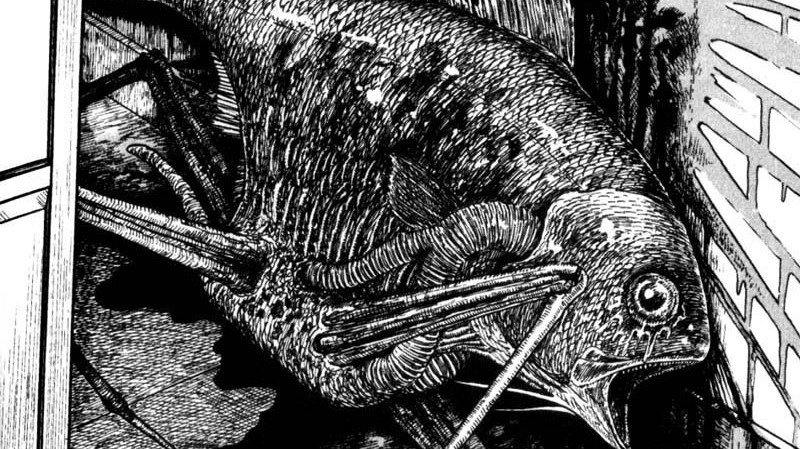
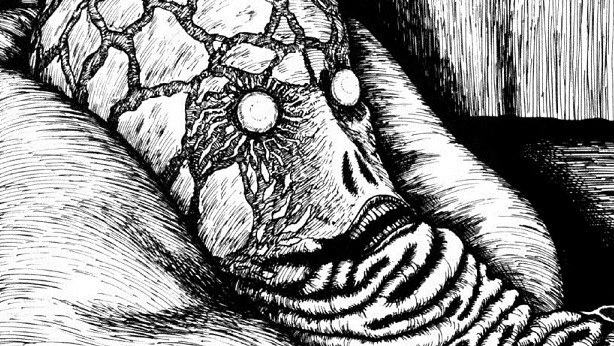
Spirals and fish and slugs—yeah, I don’t feel so hot either, but that’s Junji Ito, an artist renowned for his excellent use of recurring imagery to torture otherwise cliched manga characters. His stories are a bit thin and read like campfire folk tales, but damn that man can draw. I can’t think of a manga artist that consistently conjures up the grotesque and surreal without relying heavily on horror tropes.
We’re not alone in our admiration for Junji Ito either. He was attached to Silent Hills, Kojima’s revival of the iconic horror series before the project was shuttered and Kojima left Konami. At least we got PT out of the deal. Plus, some developers are channeling Junji Ito in their own games. World of Horror is one to keep an eye on, supposing a spiral doesn’t cave in your skull. —James Davenport
Kim Newman's Anno Dracula
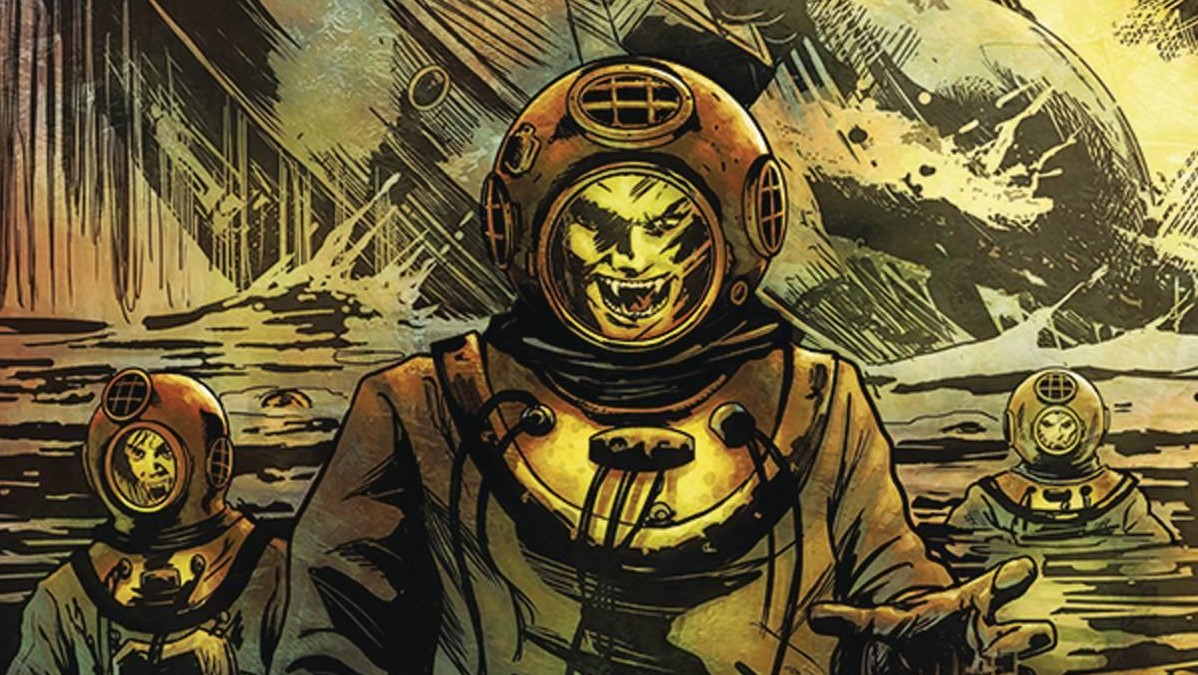
The Anno Dracula novels depict an alternate history where Dracula was real, married Queen Victoria to become Prince Regent, and ushered in a world where vampires lived openly alongside humans. The books mix historical and fictional characters (predating The League of Extraordinary Gentlemen, though obviously other authors had similar ideas), and there's a throwaway gag that Dracula built a death camp to throw potential enemies in and locked Sherlock Holmes in it. He's never mentioned again.
Each novel is set years apart, chronicling social changes as this new status quo deals with everything from World War I to disco. This potential scope could provide backdrops for vampire games that aren't set in the here and now or in Victorian London for once (the third book, Dracula Cha Cha Cha, takes place in 1950s Italy), and skip right past all that boring "WHAAAA, vampires are real?" stuff. I just want more games about vampires in general, but using Anno Dracula's timeline would encourage some unusual takes on them. —Jody Macgregor
The biggest gaming news, reviews and hardware deals
Keep up to date with the most important stories and the best deals, as picked by the PC Gamer team.
Through the Night, House of Leaves, and my life
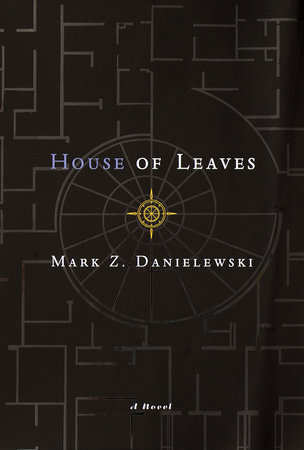
Wealthy people want the rest of your money, everyone you know and love will die someday, and you might never realize even a small percentage of your dreams, possibly due to some preexisting conditions but mostly because you’re too lazy. Being human is a damn nightmare, and the best horror fiction confronts the readers with average people coming to terms with the bleak, faceless truth that is our lives. We’ve solved survival, now our every desire is conjured for us by corporations, governments vying for power, and worst of all: abyssal boredom.
Books like House of Leaves (Mark Z. Danielewski) play with these ideas through a multilayered framework narrative, where some houses are bigger on the inside than outside, but only just so. A domestic scene made terrifying only through close examination. Through the Night (Stig Sæterbakken) sees a man ruin his life, ruin it more, and then attempt to degrade it further by seeking oblivion in a mythologized house that will show him his worst fears. He takes a comfortable, stable family life and destroys everything because he thinks his desires and fears are part of some cosmic narrative waiting to be resolved. Spoiler: they’re not. I want to see more games tell stories about what it means to be alive today. The horror will emerge naturally, houses with impossible geometry or not. —James Davenport
Jeff Vandermeer's Southern Reach Trilogy

You've got a choice of strange universes you can adapt from Jeff Vandermeer's work—there's the Ambergris setting found in The City of Saints and Madmen and Finch, which feature spore-like creatures called Gray Caps. The more famous setting now, though, is Area X, which probably lends itself better to a horror game. Introduced in Vandermeer's novel Annihilation, it's a mysterious, living landscape hinted at to be alien in origin. A border came down one day and nature reclaimed the landscape within, including human settlements.
As you’d expect, crossing the border is incredibly dangerous. People who go into Area X either don't come out, or they come back different, without wanting to spoil the books. There's something off about the wildlife there, and it's home to monsters of sorts—plus there are truths about the place that have been hidden from nearly everyone. It's a perfect setting for a horror game: I could see it as a first-person game where you have to piece together clues about someone who vanished in Area X.
I remember one passage in the second book, Authority, that describes what happened when the border came down around Area X and a navy vessel vanished within.
A smoldering, apocalyptic vision, the con towers of a destroyer, sent to investigate the wrong intel, 'sliding into nothing' as one observer put it. The last shocked transmissions from the men and women on board, via video and radio, while most ran to the back in a churning, surging wave that, on the grainy helicopter video, looked like some enormous creature leaping off into the water. Because they were about to disappear and could do nothing about it, all of it complicated by the fog.
What the hell is in there? I'd love to play a game where you get to explore and find out yourself. Even the movie adaptation starring Natalie Portman is extremely gamey, taking obvious cues from The Last of Us in presentation, but it didn't capture the unknowable quality of Area X that Vandermeer's writing conveys so well. A game might be capable. —Samuel Roberts
China Mieville's Bas-Lag
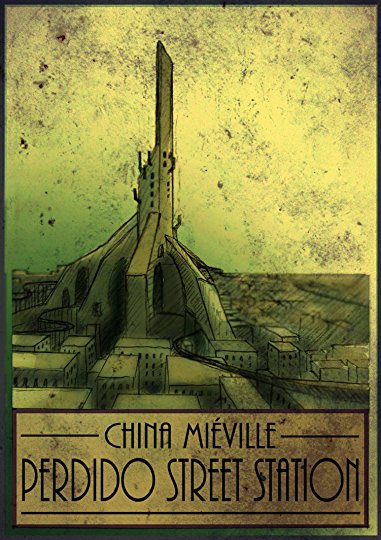
I'm not a big horror fan, which is why my answer is cheating a bit: China Mieville isn't a horror writer, and the setting of several of his books, a world called Bas-Lag, is more fantastical than horrific. But it's really twisted, fucked up fantasy that Mieville calls "weird fiction"—a blend of magic and a little steampunk and a little sci-fi that, in one book, involves opening a rift to an alternate dimension and pulling through a whale so massive it can drag a floating city across the ocean. So, pretty weird.
Mieville's stories always go in unexpected directions, but what I really love about him as an author is how evocative his descriptions are. He makes Bas-Lag, this impossible place, feel real and logical, describing its magic systems and cities and technologies in vivid detail without going overboard. And he's just as descriptive when horrifying things happen, like this passage from Perdido Street Station:
For now he carefully thought of nothing as he saw the slake-moth turn its attention back to the woman held fast in its arms. He thought of nothing as he saw it force open her eyes with slender simian fingers and thumbs, heard her scream until she vomited with fear and then stop all her noises very suddenly as she caught sight of the flexing patterns on the slake-moth's wings. Saw those wings gently widen and stretch taut into a hypnotic canvas, saw Barbile's entranced expression as her eyes widened to gaze on those morphing colours; saw her body relax and the slake-moth drool in vile anticipation, its unspeakable tongue unrolling again out of that gaping mouth and snaking its way up Barbile's saliva-spattered shirt to her face, her eyes still glazed in idiot ecstasy at those wings. Saw the feathered tip of the tongue nuzzle gently against Barbile's face, her nose, her ears and then shove suddenly, forcefully past her teeth into her mouth (and Isaac retched even as he tried to think of nothing), thrusting at indecent speed into her face, her eyes bulging as more and more of the tongue disappeared into her.
And then Isaac saw something flicker under the skin of her scalp, bulging and wriggling and rippling beneath her hair and flesh like an eel in mud, saw a movement that was not hers behind her eyes, and he watched mucus and tears and ichor pour from the orifices of her head as the tongue wriggled into her mind and just before he fled Isaac saw her eyes dim and go out and the slake-moth's stomach distend as it drank her dry.
Perdido Street Station may not be pure horror, but it's still nightmare fuel. —Wes Fenlon
Garth Marenghi's Darkplace
I mean, obviously. —Jody Macgregor
Thoughts from The PC Gamer Club
We're not the only ones tired of Lovecraft. Members of The PC Gamer Club Discord had plenty to say as well.
Obviously Stephen King! Only he can have such a creative and tortured mind to create anxious, vibrant and detailed atmospheres. It would work so well in a game. And for the director, I'd choose Keiichirō Toyama (Silent Hill) without hesitation! —SoulBanana
I'd love to see more games based on the work of H.R. Giger, his work manages to fuse mechanical and biological things in a way that is so unsettling and creepy. —gingerninger1066
One of my favorite authors is relatively prolific: H.G. Wells.While many of his books are very famous, one that would make an excellent modern horror game would be The War of the Worlds. Hypothetical mechanics aside, the setting and themes alone are fit for a perfect horror game that doesn't have to draw on the supernatural or the mystic to the extent that it only requires you to believe that aliens exist. Even then, none of the horror of the book really comes from the invaders being aliens: everything is a metaphor for the growing unease and anxiety over the arms race of Europe, over war and invasion in general, over rapid and unstoppable change.
Ninja Theory managed to make Hellblade: Senua's Sacrifice; a template exists for a modern telling of War of the Worlds in which the player must grasp the realities of being a victim of war and having no control over his fate. 11 bit studios managed to make This War of Mine; a template exists for a stark depiction of civilian survival surrounded by, and completely traumatized by, unstoppable violence. What remains is how to adapt it to a compelling narrative that makes the player feel involved while simultaneously making them a victim—an idea that anyone can empathize with, regardless of culture or history. —Sargun
The collective PC Gamer editorial team worked together to write this article. PC Gamer is the global authority on PC games—starting in 1993 with the magazine, and then in 2010 with this website you're currently reading. We have writers across the US, UK and Australia, who you can read about here.


